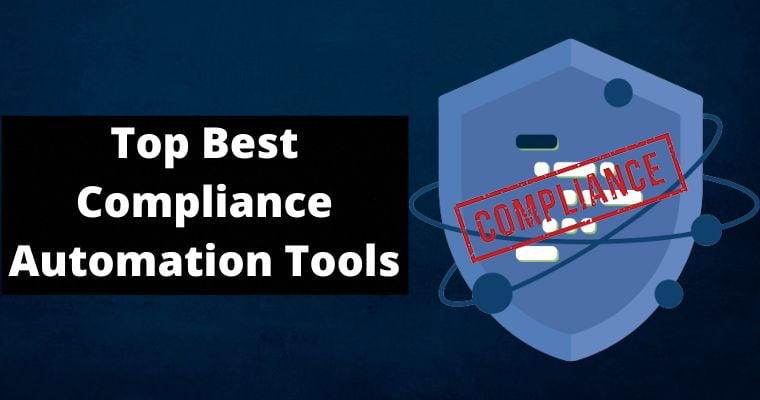Technology is a beautiful thing. However, with it comes challenges to ensuring cybersecurity, whether for an individual or an organization. As technology advances, so do the means evil people can take advantage of them.
Thus, there is a need to implement cybersecurity measures more than ever given how everybody lives in the digital age.
But unfortunately, the best practice for cyber risk management is not just installing antivirus software and calling it a day.
We live in an age where the leakage of sensitive information could, at the very least, lead to theft or fraud and, on a larger scale, a risk to national security. Therefore, one must observe due diligence to minimize cyber risk.
Table of Contents
Best Practices for Cyber Risk Management
It involves a combination of practices and technological solutions to ensure optimal protection for the individual or organization involved.
Following them minimizes cyber risk for you or your company. That said, here are the best practices for cyber risk management.
Raise Awareness of Cybersecurity
Prevention is better than cure, as the saying goes. It also applies to cyber risk management. Better to take the initiative now than later when your organization encounters a security breach.
If you are part of an organization, instruct your employees on how to practice good cyber hygiene habits. It may sound counterintuitive to take a people-centric approach to a technology-related problem.
Still, people are also involved in navigating an app or website. If you are an individual, there are many courses and material online you could read up on.
It does not have to be anything too complicated. It could include awareness seminars, training, and workshops on how they could better manage their data.
For example, who are the people they could share data with, how to avoid phishing scams, and how to avoid becoming victims of spam emails?
Use Strong Passwords and Multi-Step Authentication
Nowadays, it is easy to hack into an email or account. Therefore, it is best to avoid using simple passwords that people can guess after a few tries. Moreover, refrain from using predictable dates as passwords.
That means not using passwords like 12345, birthdates, or even family members’ names. Instead, opt for more complex passwords that contain a combination of unique characters, numbers, and letters.
It is also advisable to enable multistep authentication when logging in to accounts or emails.
It could include anything from a verification code sent to your registered mobile number, security questions, and even more advanced features like fingerprint or facial recognition.
While these aren’t foolproof, they can slow down an attempt to access your account. At the very least, it will alert you that someone is trying to access your accounts.
Beef Up Security Measures
It is worth investing in security systems that protect against malware and viruses. These provide an added layer of security to your network. You could also install a firewall, which prevents unauthorized network use.
It would be best to keep a designated Wi-Fi channel for employees and one for guests.
It is imperative, seeing as there is an increased reliance on technology, specifically the Cloud, convenient for remote work. In addition, the Cloud is fast and efficient, benefitting both smaller and larger organizations.
However, Cloud-based applications are not immune to cyber threats. But, you could implement a data loss prevention plan (DLP) to ensure your organization’s cloud security.
However, the work does not stop there. As part of your due diligence, keep software versions up to date. It avoids bugs, crashes, and anything that might make you or your organization vulnerable to cyber-attacks.
You could also enlist the help of ethical hackers or white-hat hackers. These legally hack your database and even replicate malicious hackers’ methods to determine the areas your organization is most vulnerable.
It is very beneficial, seeing as you could gain an outsider’s perspective and improve those weaknesses accordingly.
Backup Your Data
It is not enough to have a cybersecurity system in place. Adopt a safe than sorry mindset and keep backup files of your backup files if your server or database is compromised.
Dedicate a separate location for crucial files. It includes personnel files for companies, spreadsheets, and other essential documents.
Keeping a backup copy enables you or your organization to continue functioning while the cyber threat gets taken care of. It is particularly true in healthcare, banking, or even in governance, wherein sensitive information is processed daily.
This practice aims to prevent possible data loss. Additionally, ensure the backup files are updated; otherwise, keeping a backup copy will waste time.
Limit Access to Information
For organizations, it is recommended to establish a tier or hierarchy to the level of access granted to employees. It minimizes exposure and limits the number of people who are allowed to handle sensitive information.
For instance, the barest access is given to rank and file employees. They can compose and submit reports. At the same time, their superiors can validate and edit those reports.
And lastly, the human resources department should have the most access given that they process a lot of information, including everyone’s salaries, personal information, and more.
The higher the tier, the greater access they have. Because greater power also means greater responsibility.
Wrapping It Up
Cyber risk management involves a combined effort of the latest security systems, data loss prevention plans, and the people who use them. It may sound like a lot of work, but cybersecurity is also as important as your physical security nowadays.


